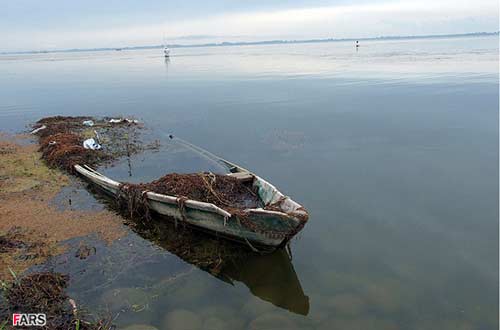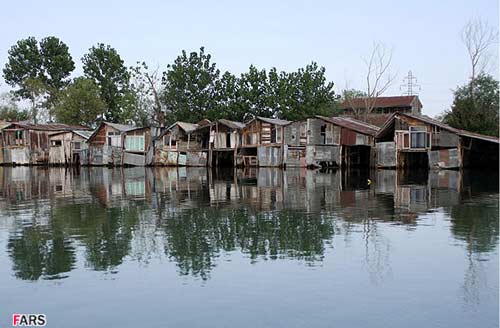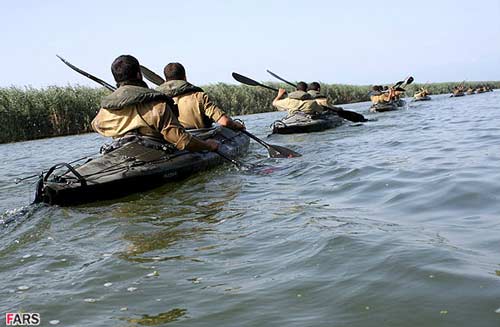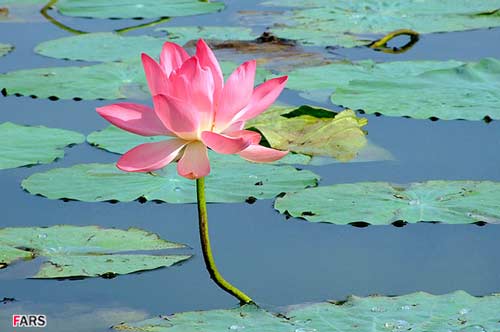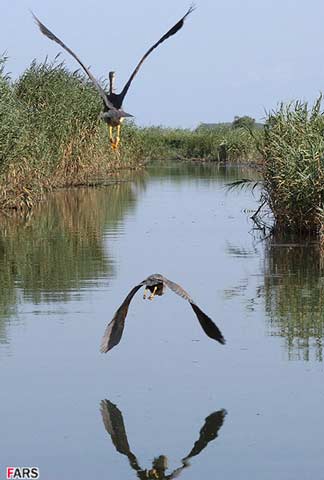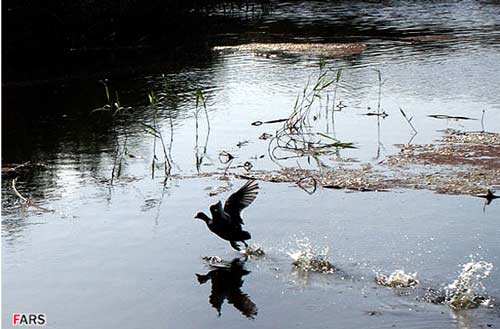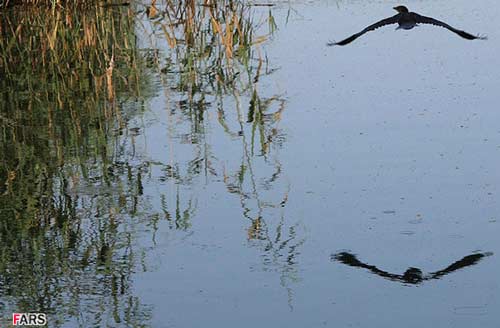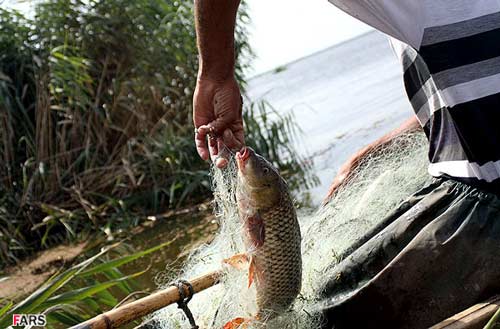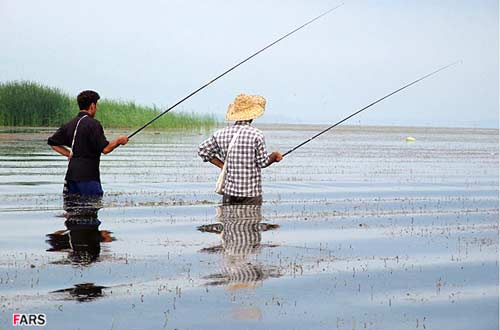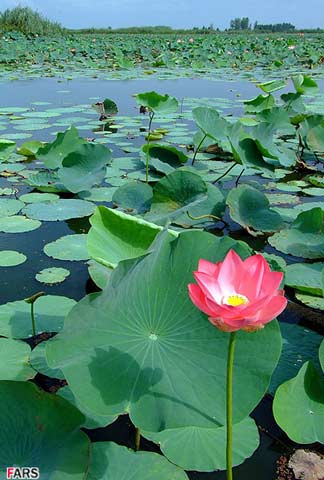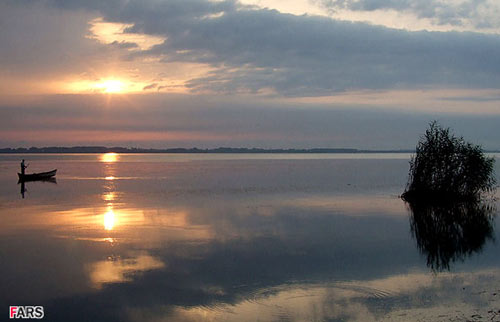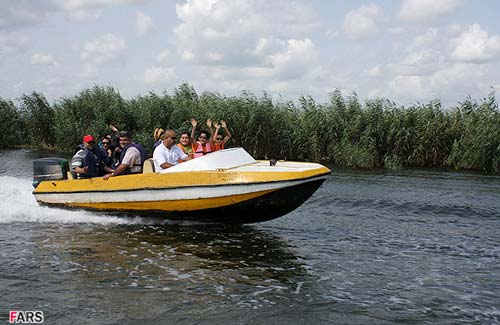Memphis, August 28, 2008 — The Memphis Grizzlies signed free-agent center Hamed Haddadi pronounced (ha-MED ha-DAHD-dee), who led all 2008 Olympians in rebounding and blocks, Grizzlies General Manager and Vice President of Basketball Operations Chris Wallace announced today. Per team policy, terms of the deal were not disclosed.
The Ahvaz, Iran native recently participated in the 2008 Olympic Games in Beijing, China, where  he was the only player to average a double-double (16.6 points, 11.2 rebounds, 2.6 blocks) in Olympic competition while playing five games for the Iranian National Team.
he was the only player to average a double-double (16.6 points, 11.2 rebounds, 2.6 blocks) in Olympic competition while playing five games for the Iranian National Team.
The 7-2, 254-pound center had his best performance came against eventual bronze medal winner Argentina when he had a team-high 21 points and game-high 16 rebounds on Aug. 16.
“We are pleased to sign Hamed,” said Wallace. “He is a young center who was very productive as a rebounder, shotblocker and scorer at the Rocky Mountain Revue Summer League in Salt Lake City, Utah, the 2008 Olympics and the FIBA Diamond Ball Tournament in Nanjing, China prior to the Olympics. Our coaching staff is eager to begin working with Hamed.”
Haddadi, who is slated to become the first Iranian to play in the NBA, poured in 31 points and grabbed 10 rebounds against Lebanon in the 2007 FIBA Asian Championship in Japan, helping Iran clinch its first Olympic basketball berth since 1948.
The 23-year-old, who was not selected in the 2004 NBA Draft, recently averaged 14.0 points, 11.5 rebounds and 2.5 blocks in 25.5 minutes in two games for the Iranian team against NBA competition at the 2008 Rocky Mountain Revue.
Haddadi, who spent the 2007-08 season playing for Saba Battery BC in the Iranian Super League, will join former Grizzlies Jake Tsakalidis and Cezary Trybanski as the tallest players in franchise history. He is also the second Grizzlies player to appear in the 2008 Olympics, joining center Marc Gasol, who captured a silver medal with the Spanish National Team.
